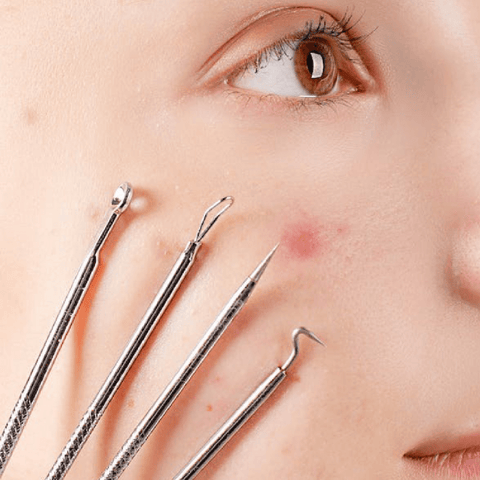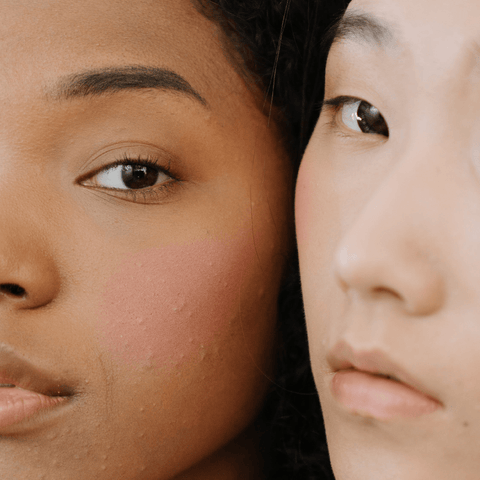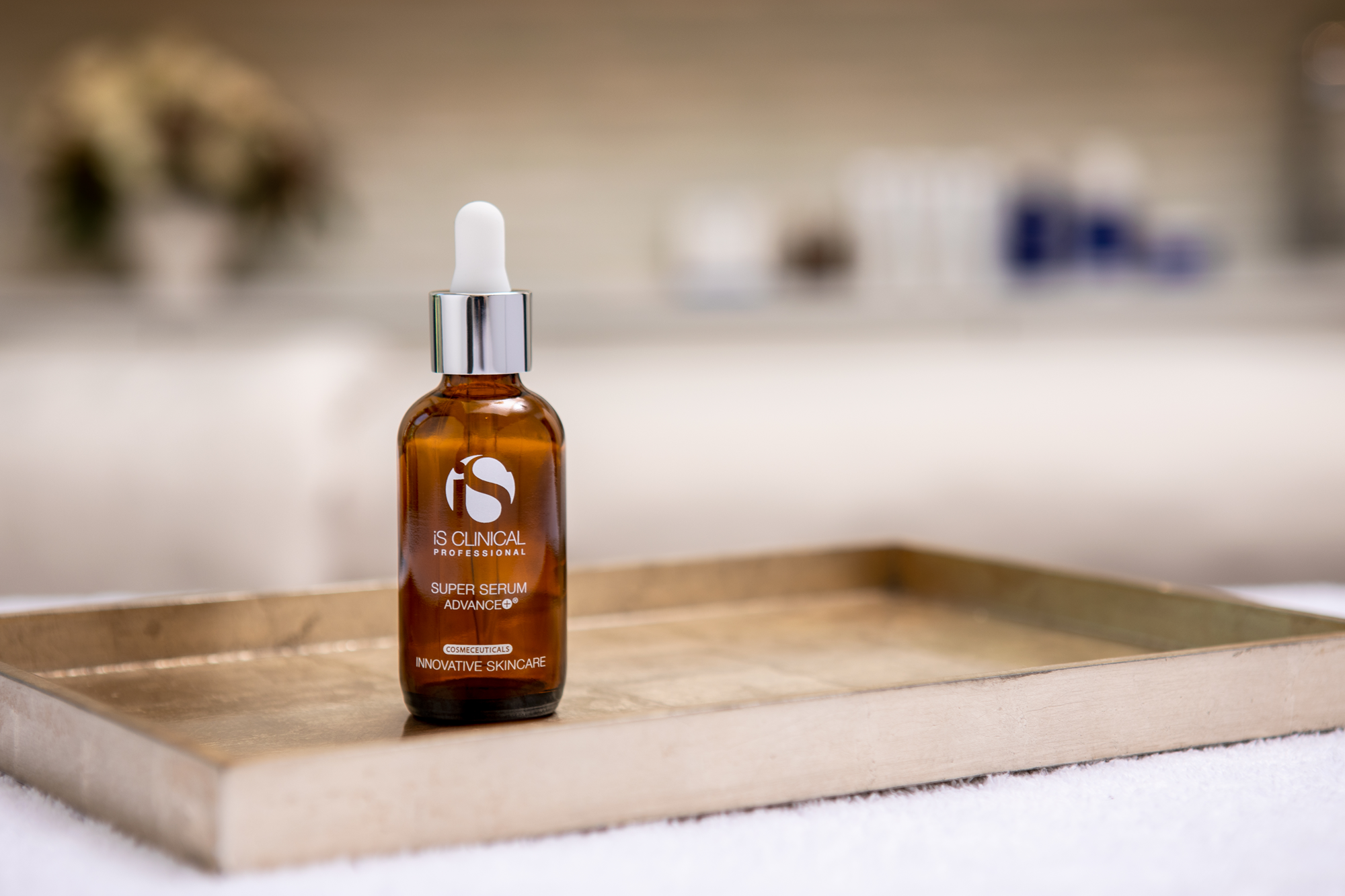Understanding how acne behaves during adolescence vs adulthood to stay acne-free.

When we think of acne, most of us immediately picture the teenage years. We think of the greasy teen skin and being told not to pop or pick at our breakouts. We think about how acne had affected us, our friends and our kids. As adults, most of us expect to worry about wrinkles, not pustules, but in reality, acne can occur at any stage of life and often continues well into our 30’s and 40’s.
Acne vulgaris is a disease of the pilosebaceous unit which is comprised of the hair follicle, hair shaft and sebaceous gland. Four main factors play a role in the formation of acne: excess sebum production, plugging of the follicle due to epidermal hyperproliferation, colonisation with cutibacterium acnese and inflammation.

Puberty is the most common trigger of acne. During puberty, there is a surge in androgen hormones. The follicle enlarges, sebum production is stimulated, and there is a rapid increase of keratinocytes. When follicles become plugged, the bacteria, cutibacterium acnes, proliferates causing comedones.

Other trigger for acne include occlusive cosmetics, lotion, clothing, humidity, sweating and stress. When lotions, cosmetics or clothing occlude the skin, the follicles can become clogged. Sebum and cutibacterium acnes build up in the follicle and acne ensues. Humidity in itself doesn’t cause acne, but it can exacerbate the condition, especially when sweat builds up in the skin. Similar to other triggers, the follicles become occluded, leading to acne. In addition, when we sweat, we often touch our faces therefore spreading bacteria and sebum.
It is not well studied, but stress is thought to play a role as well. When stressors are encountered, the body activates an internal system to mediate the body’s response to stress. This physiological activation results inn the secretion of androgens, causing sebaceous gland hyperplasia which in turn causes acne. In addition, a stress hormone is released during this response and leads to proinflammatory cytokine production and its involvement in the pathogenesis of acne, in short it triggers an immune response within the skin.
Understanding the etiology and pathophysiology (the four factors) of acne is important, but how does acne differ between adolescents and adults?
Adult acne differs from teen acne in several aspects. Teen acne is greatly related to puberty and can be made worse by occlusive topicals and the environment. The adolescent years can be a stressful time, and this stress can be a nidus for teen acne. Teens typically break out on the face, chest, and back, and are found to have more blackheads and whiteheads than adults. Cell turnover in acneic skin is not as efficient as it is in healthy skin. However, turnover is faster in teens than in adults, giving adolescents the opportunity to heal faster from a breakout than adults.
Adult acne is also affected by fluctuations in hormones, mostly during menstrual cycles, pregnancy, breast feeding, and menopause. As with puberty, hormones affect the sebaceous gland and sebum production. With menstrual cycles, some women will note breakouts at certain times of the month when androgens are highest. During pregnancy, there is a change in hormone levels at conception and throughout pregnancy. For some patients, acne will be present only in the first trimester while for others, acne will be present throughout the pregnancy. When a woman reaches menopause, hormones fluctuate again. Estrogen decreases and androgens, like testosterone, increase, again affecting the sebaceous glands.
Acne can also be a side effect of some medications, including corticosteroids and antidepressants, which have been linked to acne breakouts. These can occur in any age group but are more often seen in adults. In adults, breakouts are often inflammatory and typically occur around the mouth, chin, and jaw line. As we age, cell turnover slows, and our skin cannot recover from inflammation and breakouts as quickly.
Regardless of age and severity, acne has a considerable impact on quality of life and has been associated with increased anxiety, depression, and suicidal ideations. In studies, acne patients report a negative body image, poor self-esteem, and feelings of discrimination in the workplace and other social settings. The longer a patient suffers from acne, the higher the incidence of a negative impact on life. Treating acne early with the most appropriate treatments can lessen this mental and emotional burden.
Acne can be managed and lessened with a good homecare regimen. It is important to support the skin and aid epidermal turnover without being too active or aggressive. Key steps to supporting good skin are cleansing, treating, hydrating, and protecting. Often acne skin has increased sensitivity due to inflammation but is actually lacking in moisture. For more insight as to what is going on within your skin, book your free Virtual Consultation with our Skin Specialists for expertly tailored advice.


